5 ways world class interior designers personalize a room
Named amongst the world's best interior designers, K&H Design's founder shares some of the ways they bring attention to detail to their schemes
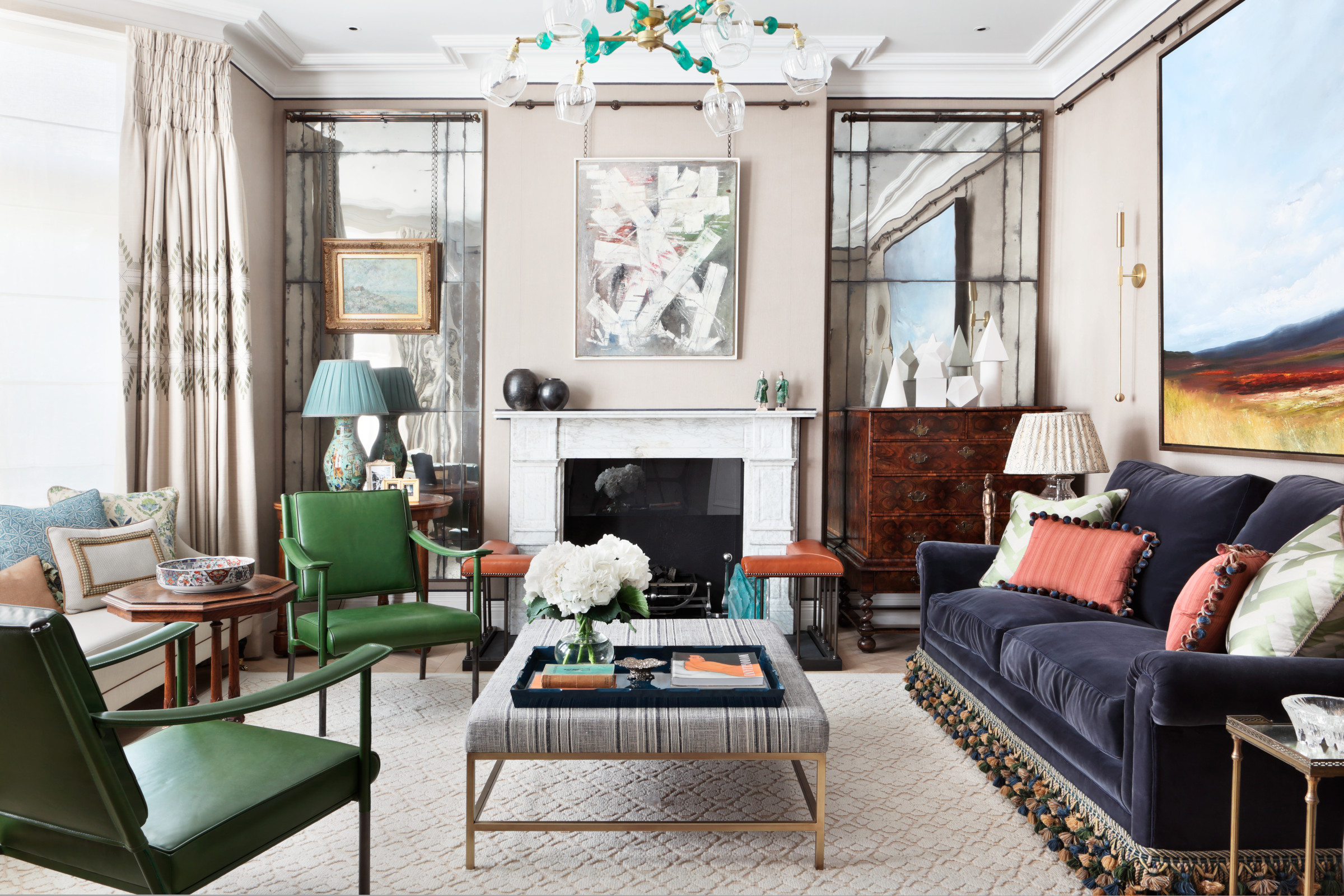

The key to successful interior design is to create beautiful schemes that ultimately feel personal to the people who live in them, and while the best interior designers will always have a signature style, it's essential that they can incorporate elements of their clients' life within their designs.
This personalization and attention to detail is incredibly important to west London-based interior designers K&H Design. To create unique homes for each of their projects, founder Katie Glaister embraces their client’s varied styles and tastes, working closely with them to create spaces and pieces that are deeply personal to them.
'We are also committed to supporting existing and up-and-coming British and international artisans, and always look to work with the most talented and skilled craftsman to design bespoke pieces for our clients' homes – many of which are designed to become future heirlooms,' she says.
Below, Katie shares with us how to approach designing rooms that feel elegant, yet deeply personal you.
1. Start with your daily routine
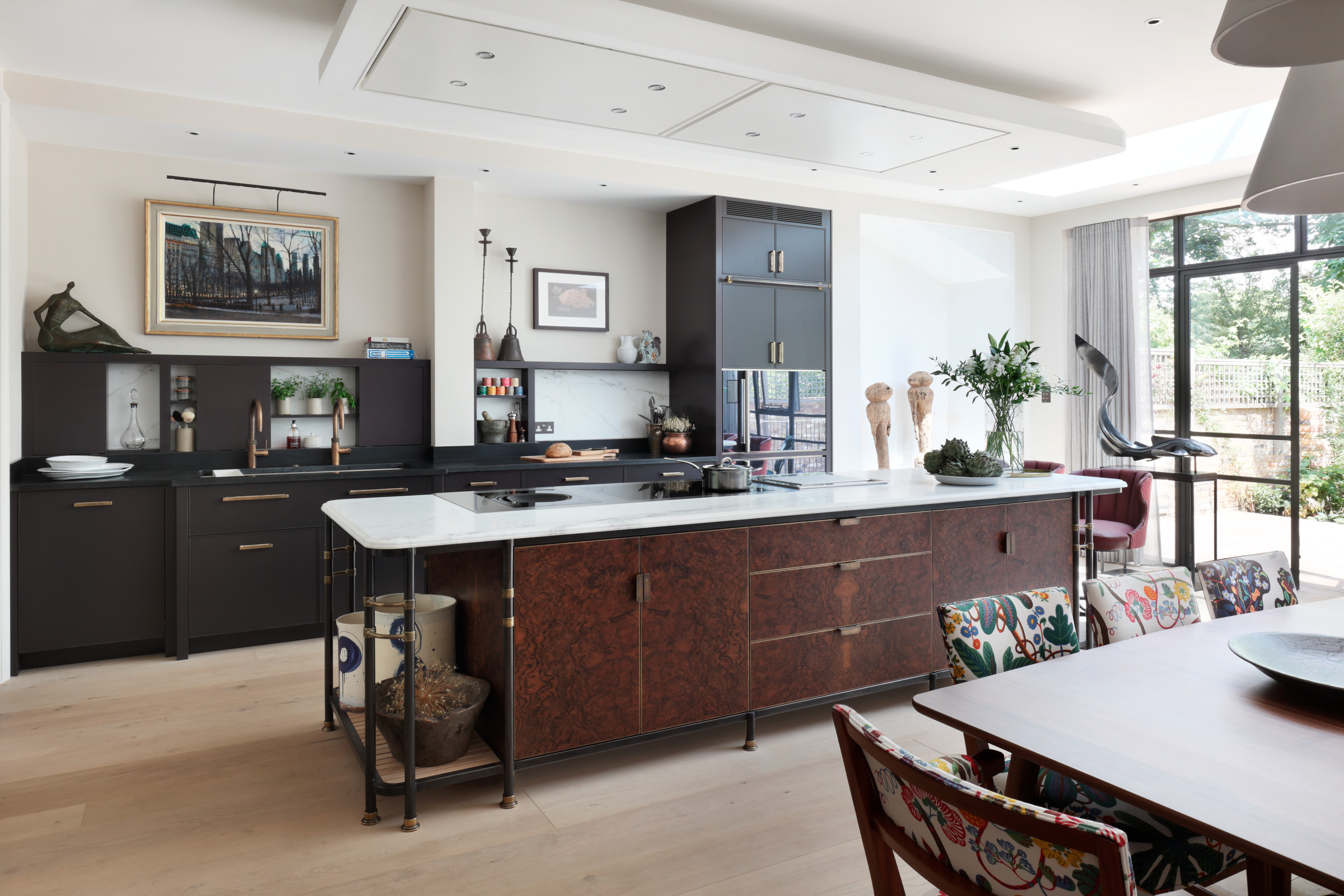
'When we are working with a couple, we listen carefully to both and begin with a very detailed questionnaire so we can tease out details that help us arrive at solutions that suit both,' Katie says.
'As a starting point for any project, we get to know our clients and their day-to-day habits so that we can mould the space around their needs. Often this can start with something as simple, yet integral, as sleeping habits. For example, consider what time you and your partner wake up and whether you need to build in a separate dressing space so as not to disturb one another.
'Passions and hobbies are what make people happy at home so it’s important to prioritize these spaces too, whether it’s designing a bespoke kitchen island to the exact technical requirements for an ambitious cook or softening the texture of the flooring for a yoga studio.'
2. Consider scale and size
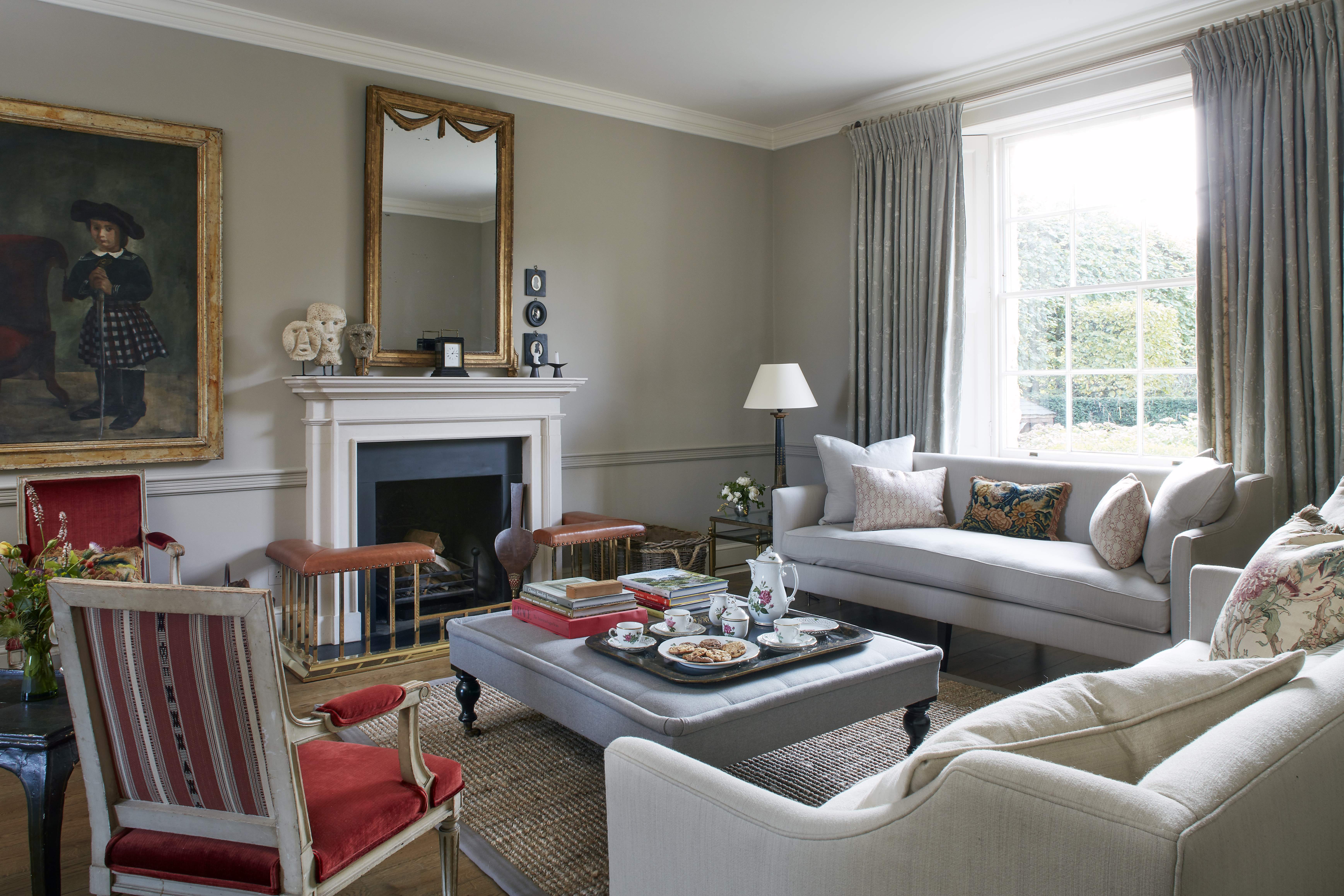
'The proportions of a room will always dictate the size of your furniture pieces. We often spend time creating bespoke pieces that are made to the exact scale that room requires.
'Take for example, the Georgian sofas in this drawing room which we had specifically designed. We scaled them not only to the room, but also to the leg and back length of our client.'
3. Design for a piece of art

'A beautiful piece of art can be the starting point for the design of a room. For example, we created the scheme for one of our client’s drawing rooms around a large and powerful oil landscape painting.
'Each piece resonated with the artwork from the bespoke Margit Wittig chandelier overhead through to the George Smith sofa we re-upholstered in mohair velvet by de le Cuona, with a wonderfully indulgent bullion fringe by Declercq’s Moulinées Mèches – an extra special detail for our client who adored tassels.'
4. Introduce playful details

'Adding discrete details that may not be immediately evident to an outsider’s eye, will make your home feel special and joyful. We therefore love surprising our clients with touching or humorous details.
'For example, while we worked with Cox London to customize an oak leaf chandelier, we also had the dates of birth of our clients’ children engraved on a few of the leaves.
'In another project, we sourced a globe for the library from an antiques dealer which had Sweden at the center of the map to celebrate the family’s Scandinavian heritage and made wall light lampshades from silk saris to reflect the family’s Indian heritage.
'We even worked with an artist to design a bold graffiti mural in their basement shower room, to recreate a memorable visit the family once had to East London.'
5. Collaborate with artisans and craftsmen
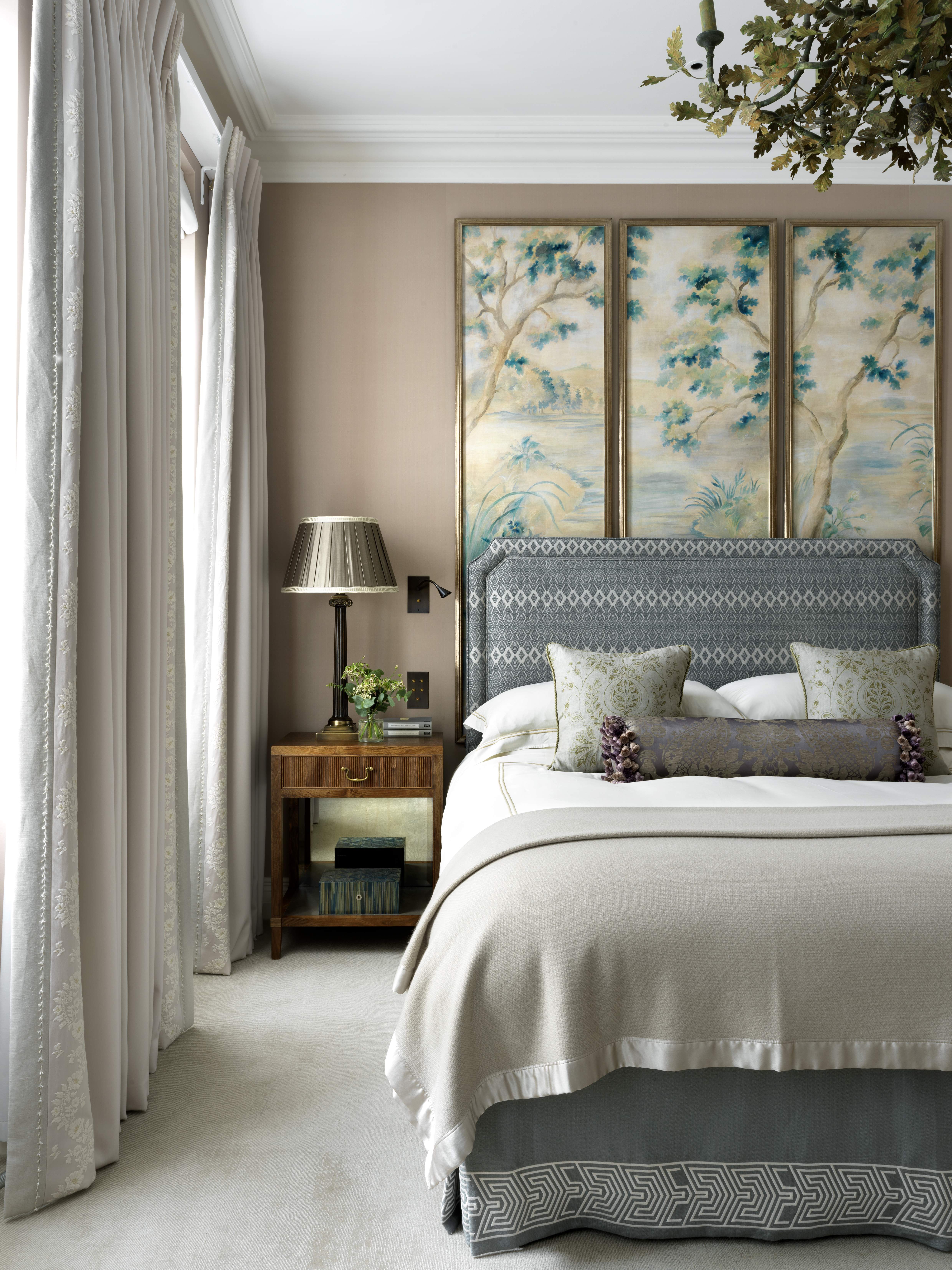
'We love it when our clients shares our passion for original detailing and our enthusiasm to work with up-and-coming artisans. This gives us the opportunity to discover and collaborate with some of Britain’s rising stars.
'For example, in this master bedroom, we worked with the artist Flora Roberts to design a triptych of panels to sit behind the bed. The piece was painted on paper, which was left loose in the frame and framed in nonreflective museum glass which gives fluidity to the art.
'In the ensuite bathroom, we created a bespoke design for an églomisé mirror with the artist Emma Peascod so that our client had a piece of art that she could keep forever.'
Sign up to the Homes & Gardens newsletter
Design expertise in your inbox – from inspiring decorating ideas and beautiful celebrity homes to practical gardening advice and shopping round-ups.

Lucy Searle has written about interiors, property and gardens since 1990, working her way around the interiors departments of women's magazines before switching to interiors-only titles in the mid-nineties. She was Associate Editor on Ideal Home, and Launch Editor of 4Homes magazine, before moving into digital in 2007, launching Channel 4's flagship website, Channel4.com/4homes. In 2018, Lucy took on the role of Global Editor in Chief for Realhomes.com, taking the site from a small magazine add-on to a global success. She was asked to repeat that success at Homes & Gardens, where she has also taken on the editorship of the magazine.
-
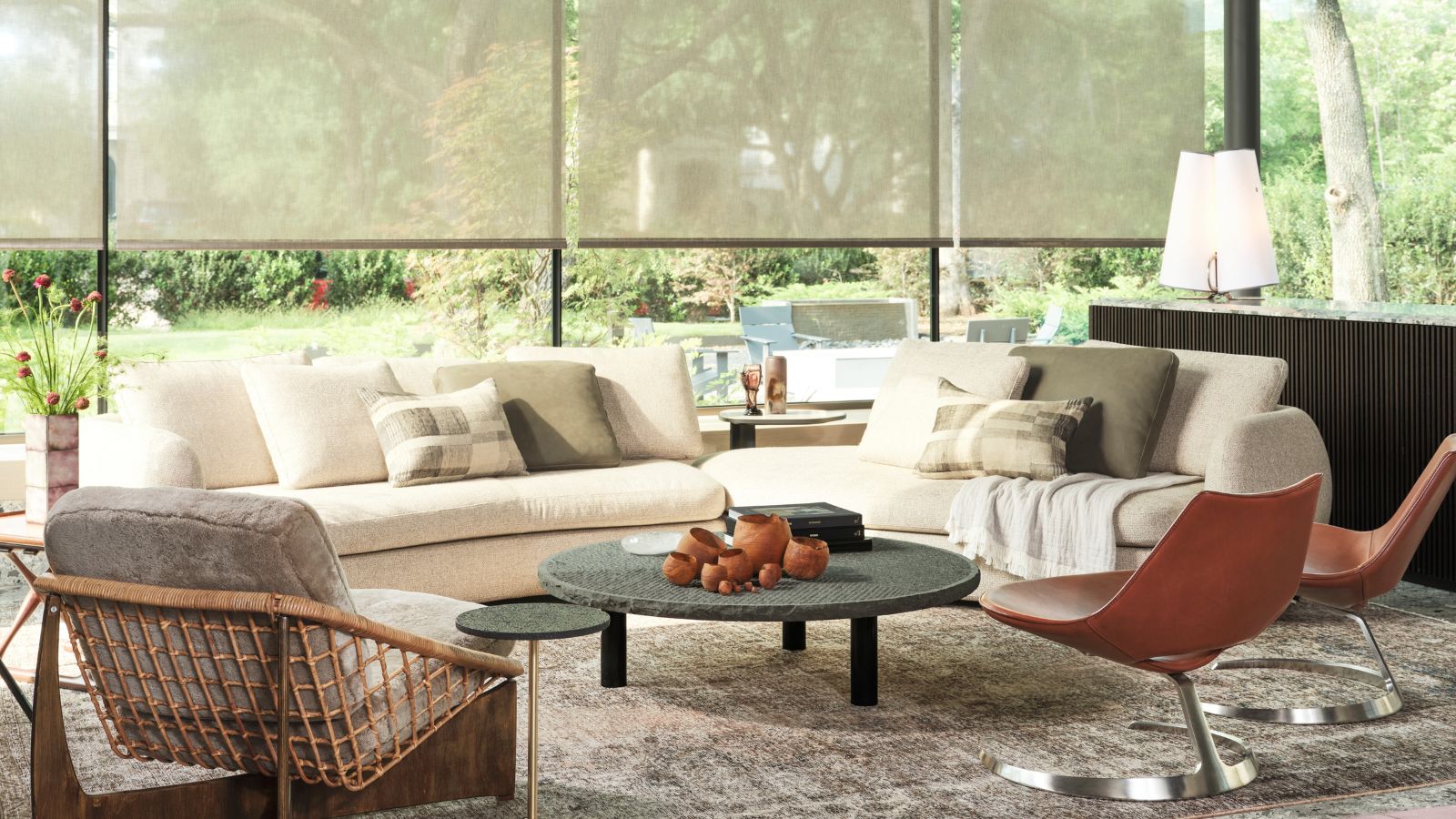 Thoughtful modernism – how one Dallas home makes bold contemporary design feel warm, welcoming, and comfortable
Thoughtful modernism – how one Dallas home makes bold contemporary design feel warm, welcoming, and comfortableWith its mix of textural finishes and carefully curated furnishings, this modernist home is a refreshing retreat
By Karen Darlow Published
-
 'Wick away the ick' – 6 things people with clean laundry rooms always do to make this hardworking space shine
'Wick away the ick' – 6 things people with clean laundry rooms always do to make this hardworking space shineThese tips on how to clean your laundry room will banish grime
By Seraphina Di Mizzurati Published